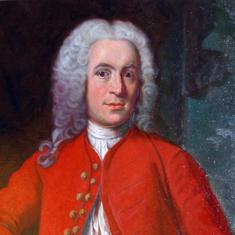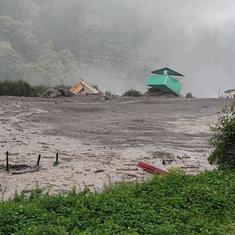Three people were killed on Monday as protests by Jat agitators in Haryana demanding reservations in public employment continued. The deaths took the toll in the week-long agitation to 19, with more than 150 people injured.
Though the blockades on highways and roads in Haryana were cleared on Monday morning, the agitation intensified by noon particularly in Sonepat and Panipat districts. Schools, commercial establishments and factories remained shut.
Haryana chief minister Manohar Lal Khattar’s statement on Sunday that his government was prepared to enact legislation that would grant Jats other backward classes status, a key demand, and the announcement of a central government committee headed by Union transport minister Venkaiah Naidu to examine the the community’s quota demand does not seem to have quelled the anger on the ground.
Fresh escalation
In Gannaur and Hansi in Sonepat, protestors on Monday clashed with the army, which opened fire. The protestors also blocked the National Highway-1 (Delhi-Ambala), and set some trucks ablaze. A railway station building in Gannaur was set on fire too, reported news agencies.
Curfew had been lifted at several places in Sonepat, Faridabad, Sirsa, Barwala in the morning, as reported in the Hindustan Times. But community leaders and local residents said there was little improvement by the afternoon. Satvendra Giri, the Communist Party of India’s Gannaur district president, said Sonepat was calm only for a few hours in the morning. “Till 11 am, the roads were being cleared, and some traffic had resumed,” he said over the phone. “But the agitators set fire to trucks on NH-1 after which roads were blockaded again.” After this, he said the situation “turned even more dangerous” as protestors clashed with the army. He added: “In Lansauli village in Gannaur, hundreds of protestors gathered and threw stones at soldiers who fired at them injuring several persons.”
Inter-community rivalries
Not all the protests were against the police or the Army. In Hansi and Badi villages in Sonepat, Jat and non-Jat communities clashed too.
Jat community leaders have blamed chief minister Khattar for fanning the conflict by failing to check provocative anti-Jat statements made by politicians like Raj Kumar Saini, the BJP member of Parliament from Kurukshetra. Saini has constituted an “OBC brigade” a loose coalition of communities belonging to the other backward classes category, turning them against Jats. Last year, Saini had threatened to resign from parliament if Jats were given reservations. “Since the last 18 months, Saini has been spewing poison against Jats,” said Deepak Rathi, the spokesperson of the Akhil Bhartiya Adarsh Jat Mahasabha in Rohtak. “But the BJP has failed to rein him in from making inflammatory speeches, pitting Jats against non-Jats.”
He blamed the state government for the escalation of peaceful protests, adding that it had now become a “leaderless’ agitation with youngsters not paying heed to community leaders. “Here in Rohtak, the protests started as simple sit-in protests around February 12,” he said. “But the government allowed it to escalate, not taking action against groups who attacked those sitting peacefully on protest. Now the youth are not even listening to community leaders.”
Rathi said that he expected the protests to stop if the state government granted Jats OBC status through an ordinance immediately.
BJP strife
A traditionally dominant agricultural community, Jats constitute more than 25% of the electorate. Of the 10 chief ministers Haryana has had, seven have been Jats.
The BJP came to power in Haryana for the first time after the 2014 Assembly elections. In the run up to the elections, the BJP wooed the community by projecting Jat leaders Abhimanyu Singh, OP Dhankar in the Jat-dominated Rohtak, Sirsa, Jhajjar belt. Singh, who is now the finance minister, was seen as the BJP’s potential chief minister. But BJP made Rashtriya Swayamsevak Sangh pracharak Khattar chief minister instead. Jat leaders say the BJP has neglected their interests since.
The Jat vs non-Jat row has affected the BJP too. On Monday evening, Haryana health minister Anil Vij, one of the most prominent non-Jat leaders in the cabinet, threatened to resign after agriculture minister OP Dhankar, a Jat, tweeted earlier that day that the state government would offer compensation to those killed during the protests. Vij has opposed the compensation offer blaming protestors for the violence.










